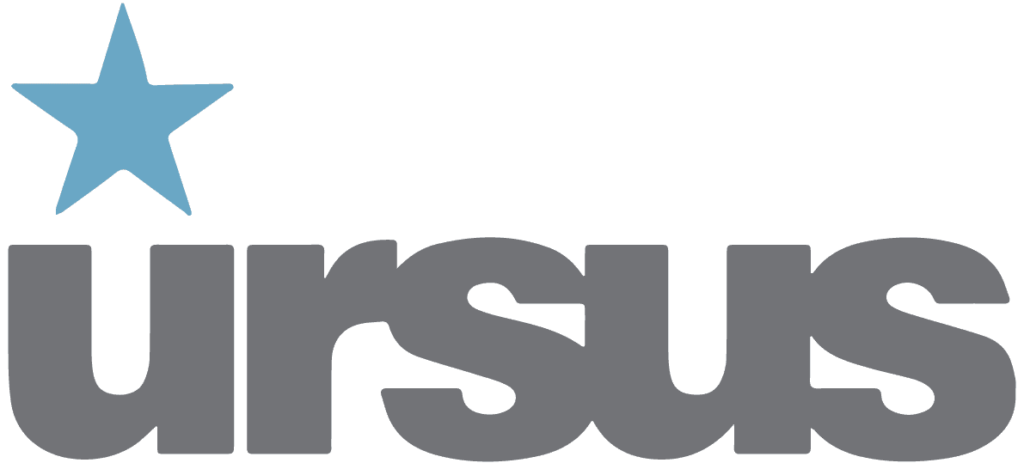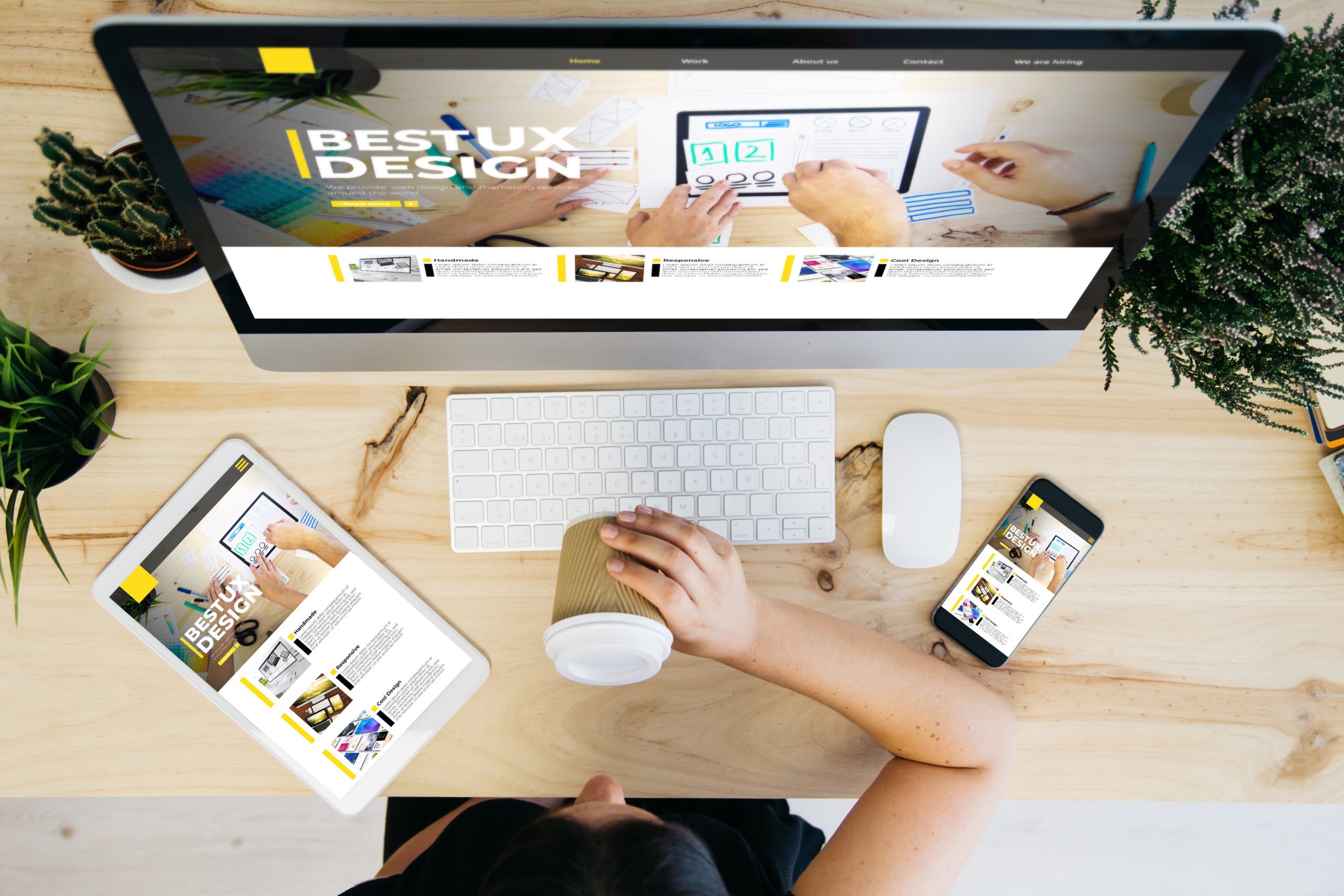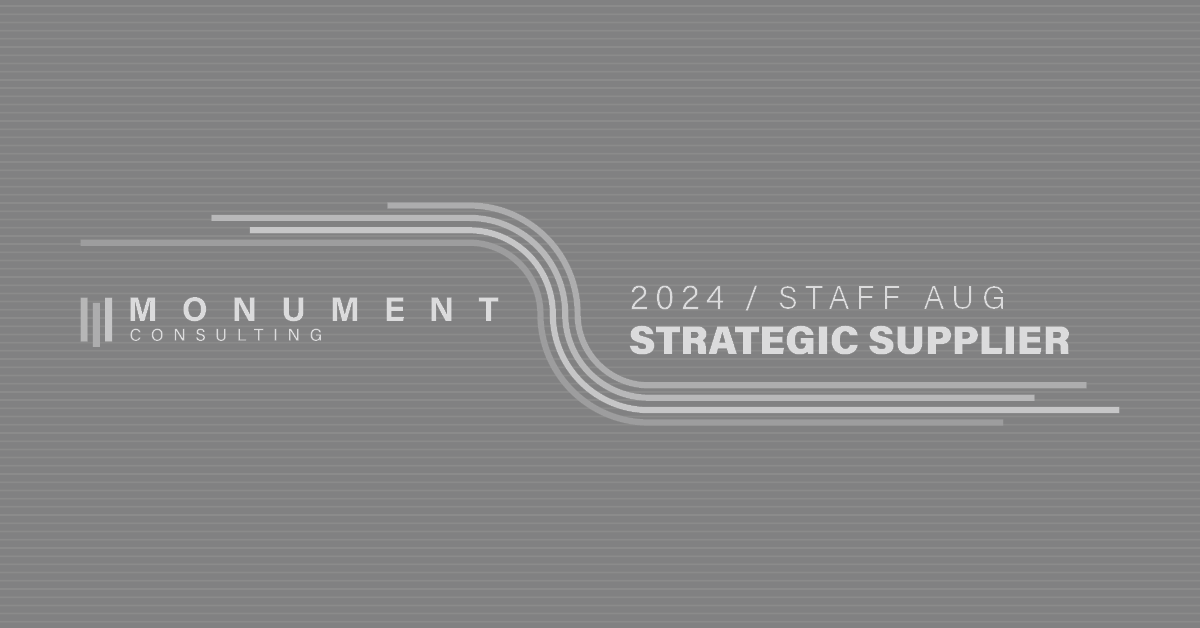Hear from Nicole Christos our Senior Creative Recruiter here at Ursus on The Importance of a UX Designer’s Portfolio.
Reviewing UX portfolios is one of the best parts of my job. As an ex ad agency account director, and more recently creative recruiter, I’ve viewed thousands of portfolios and have worked with many candidates and employees to help them streamline their portfolios. I’ve also volunteered at local universities and design schools to help mentor graduating seniors as they prepare to enter the working world of UX. Ironically, it’s not how many years of experience you have that indicates if your portfolio is solid or not. I’ve seen fabulous portfolios from college students, and terrible portfolios from candidates that have 20 years of experience.
Resumes are fine and required, but it’s the portfolio that seals the deal. This is the visual confirmation of what’s on your resume. You worked at Apple, or Google, or Mama’s Hometown Pizza? Great, now let’s see the visual representation of your time there, the projects you worked on, and the skills you gained.
When it comes to marketing and creative recruiting for our clients in the midst of their digital transformation journeys, I always put myself in the shoes of the manager. What will grab their attention? What will make them spend more than 9 seconds looking at YOUR portfolio? Managers don’t have a lot of time and they know what they are looking for. Below are a few key components that I’ve found will help YOUR portfolio stand out:
– Please, please, please have your own online portfolio. If you’re a UX Designer and only have a PDF of your work or a Behance portfolio, you’re doing yourself a disservice. You’re a UX designer, so this is your opportunity to let your skills shine – create a portfolio that will impress managers with your top-notch UX skills. Some creative managers will even immediately disqualify candidates that only have a PDF or Behance portfolio.
– White space. It’s Design 101. Don’t clutter your website. Give your work room to breathe. It makes the viewing experience so much better if we can easily focus on what you’re trying to show us. And don’t use a dark or black background on your website. It’s too much.
– You’re a UX designer. Make sure the ‘user experience’ of your site is top-notch – make it user-friendly. If I can’t find the ‘home’ button or it takes me 3 clicks to get to an actual work sample or view a case study, that’s a fail. Managers won’t take the time to figure out how your website works – they want it to be simple and they want it now.
– Focus on the process. Managers want to see more than just the end result of your projects. They want to see your entire process – from what the challenge is, to the personas, to research, whiteboarding, wireframing, the result, and the summary conclusions. Visuals are imperative, but the more narrative you include to tell your story, the better. You’re telling a story – tell it well.
– Keep your portfolio up to date. Managers want to see your recent projects. Keeping older projects in your portfolio is fine – it shows your breadth of experience. But they don’t only want to see work samples from 2015. Showing your recent work further proves that your skills are current, regardless of what’s on your resume.
– Don’t forget to include your contact info in your portfolio. I’ve viewed some amazing portfolios, but they forgot to include a Contact page or their email or phone number isn’t listed. You hooked a manager, but now they either pass you over or have to jump through hoops (search you out on LinkedIn) to connect with you.













